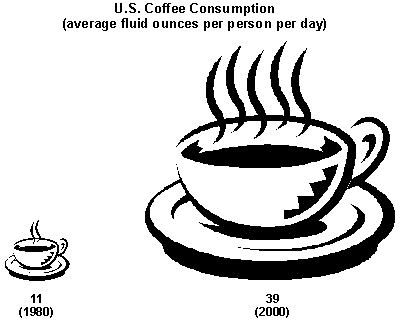Recommendation for individuals using a screenreader: please set your punctuation settings to "most."
Descriptive Statements:
- Demonstrate knowledge of the characteristics and purposes of various types of listening and barriers to listening effectively.
- Demonstrate knowledge of the social norms and conventions involved in interpersonal communication and how these are influenced by various factors.
- Recognize methods of participating actively in conversations and group discussions, such as restating, clarifying, and using nonverbal cues.
- Recognize methods of incorporating effective and appropriate language styles, rhetorical devices, and vocal techniques into speeches on various topics and for various purposes, audiences, and occasions.
Sample Item:
A sample item for this competency is pending
Descriptive Statements:
- Analyze messages, meanings, assumptions, and themes conveyed through visual images in various media and in various combinations of media.
- Examine how elements of visual images used in various media can be manipulated to change personal behavior and influence public opinion.
- Examine how personal experience and prior knowledge can affect an individual's interpretation of visual images in various media.
- Recognize methods of establishing a clear purpose for a presentation and of organizing and modifying a presentation to correspond to the characteristics of a particular audience.
- Recognize methods of incorporating effective and appropriate visual images or aids into a presentation and of using effective and appropriate technologies and media to give a presentation.
- Demonstrate knowledge of legal, ethical, copyright, and source citation issues related to viewing and presenting media.
Sample Item:
The diagram below is used in a magazine article about coffee consumption in the United States.

It shows 2 full coffee cups, side by side, of different sizes. The cup on the left is labeled 11 (1980), and has 2 vertical wavy lines above the coffee in the cup. The cup on the right is labeled 39 (2000), has 5 vertical wavy lines above the coffee in the cup, and is approximately 8 times larger than the cup on the left.
Which of the following statements describes the most significant way in which this diagram is misleading?
- The actual increase in coffee consumption given by the numerical data is significantly less than what is represented pictorially by the two coffee cups.
- The horizontal, side-by-side positioning of the coffee cups makes it more difficult to determine the increase than if the cups were positioned vertically, one above the other.
- The coffee in the cup on the right is represented pictorially as being hotter than the coffee in the cup on the left, but no data on how coffee temperature affects consumption is given.
- The actual increase in coffee consumption cannot be determined numerically without knowing how many fluid ounces each of the two cups can hold.
Correct Response and Explanation (Show Correct ResponseHide Correct Response)
A. This question requires the examinee to examine how elements of visual images used in various media can be manipulated to influence public opinion. The numerical data in the diagram indicate that average coffee consumption per person in the United States increased by approximately 3.5 times between 1980 and 2000. However, the images used to reflect these data (the coffee cups) indicate that consumption increased by approximately 8 times.

